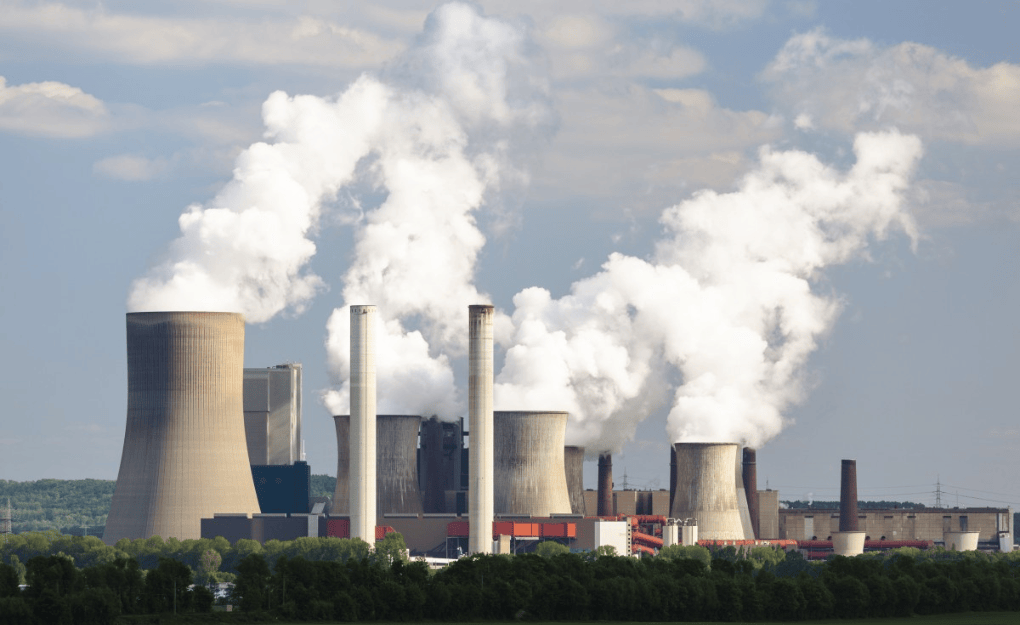Sulphur Emission Norms India are once again under the spotlight as the government recently extended the deadline for coal-fired power plants to install flue gas desulphurisation (FGD) units. This move, aimed at relaxing the control of sulphur dioxide (SO₂) emissions, has triggered widespread concern among scientists, public health experts, and environmental researchers.
The revised policy, announced by the Ministry of Environment, Forest and Climate Change, allows more time for thermal power plants near densely populated cities, including the National Capital Region, to meet emission control standards. Instead of a December 2024 deadline, plants now have until December 2027. Plants in relatively cleaner areas have been granted exemptions entirely, provided they meet stack height criteria to disperse pollutants.
Origins of Sulphur Emission Norms in India
India first introduced sulphur emission norms for coal-based power plants in 2015 as part of its broader strategy to reduce air pollution. Under these norms, thermal power stations were mandated to install FGDs within two years. FGDs help reduce sulphur dioxide emissions, a major contributor to fine particulate matter (PM2.5), known to cause respiratory and cardiovascular diseases.
However, implementation has been far from satisfactory. A decade later, over 90% of the coal-fired power plants in India are yet to comply. Despite multiple deadline extensions and relaxed policies, many facilities have failed to act, citing economic and logistical challenges.
Latest Policy Revisions and Exemptions
The recent amendment in the compliance deadline has stirred criticism from experts. The Ministry of Environment cited various reasons for the delay, including COVID-19 disruptions, cost implications, and technical difficulties in retrofitting existing plants. Recommendations from the Ministry of Power and a few selected scientific studies were also used to justify the extension.
However, researchers have argued that the decision is not grounded in comprehensive scientific evidence. In fact, key institutions such as IIT Delhi, NEERI, and NIAS had earlier supported urgent FGD implementation to reduce emissions and improve air quality.
Scientific Concerns over Relaxation of Norms
Organisations like the Centre for Research on Energy and Clean Air (CREA) have challenged the scientific rationale behind the extension. CREA points out that the government is selectively citing studies to delay FGD rollout. They argue that ambient SO₂ levels do not accurately represent actual emissions, which are better measured via stack emissions.
Using low ambient sulphur levels as a basis for delay is scientifically flawed, CREA adds. SO₂ converts into PM2.5 particles over time and distance, and the health impact of these secondary pollutants can be severe, especially in densely populated regions.
Health and Environmental Impact of Sulphur Emission Norms India
The health implications of SO₂ pollution are well-documented. Coal power emissions are responsible for tens of thousands of premature deaths annually in India. With the country planning to expand its coal-based power generation capacity by 80-100 GW in the coming years, this number is expected to rise if sulphur control technologies are not implemented.
While installing FGDs may marginally increase carbon dioxide (CO₂) emissions, the overall environmental benefit from reducing SO₂ and PM2.5 far outweighs this drawback. Delays in installing FGDs could lead to more severe public health crises and environmental degradation.
Performance and Economic Viability of FGDs
Claims that FGDs require long shutdowns and result in economic losses have been contested. India’s largest power producer, NTPC, has installed FGDs in plants generating over 20 GW of electricity and is currently working on another 47 GW. These installations were mostly completed during scheduled maintenance periods, without disrupting power supply or incurring major economic costs.
The economic feasibility of FGDs has been proven at scale, and cost should no longer be a justification for delay, researchers argue.
National and Regional Pollution Footprint
Coal-fired plants are major contributors to India’s PM2.5 burden, alongside the transport and industrial sectors. Their emissions have cross-boundary impacts, affecting air quality in neighbouring states and even across international borders during winter smog events.
Unlike vehicles, which are subject to stringent BS-VI emission norms, coal plants have consistently been allowed to bypass pollution control deadlines. The delay in enforcing Sulphur Emission Norms India stands in stark contrast to other sectors where stricter environmental policies are already in place.
The Way Forward
Experts urge the government to revisit its decision and enforce FGD installation with clear and binding timelines. Improved public health, better air quality, and reduced environmental harm all depend on strict compliance with sulphur emission norms.
If India is serious about reducing air pollution and meeting its climate and health goals, implementing Sulphur Emission Norms India without further delay is imperative.




